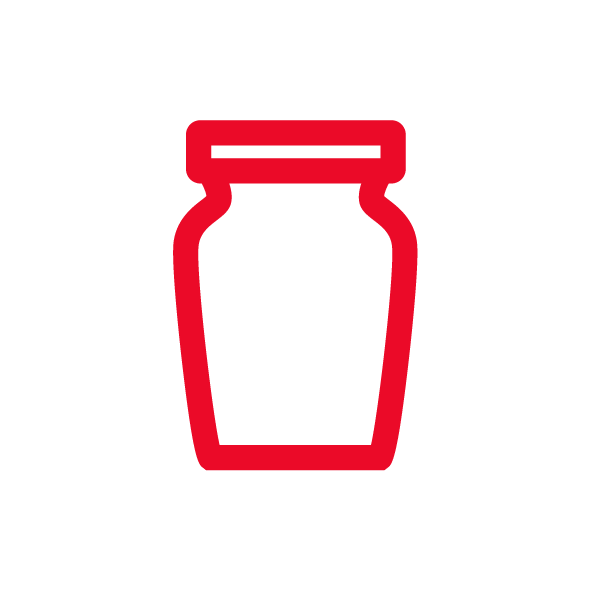If the train’s about to leave...
You have just enough time to take on board five key facts about Dijon mustard and then start planning some magnificent meals.
Are you sitting comfortably? Then let’s begin...
- It’s actually the recipe for the mustard that comes from Dijon
- The seeds have not been cultivated there since the Second World War
- The recipe for the mustard from Burgundy is a protected one
- The history of mustard is quasi-religious
- Where to stock up on mustard in Dijon (know where to go!)
To discover the best places to find your preferred mustard, you only need to do one thing: finish this article before your train pulls into the station at Dijon. That’ll give you time to think about what you’re going to eat when you’re there...
If the train has already left but you’d like to know more...
The history of Burgundy mustard
To understand the history of Burgundy mustard, you need to start with the story of the seed. It was first cultivated 3,000 years ago by the Chinese, who called it seneve. This famous seed is even mentioned several times in religious and biblical texts, including in the Bible itself and the Gospel of Matthew. A seed, then, with much more significance that its tiny size would suggest.
So, it was in China where mustard first originated. The seeds were ground, mixed with vinegar and used as seasoning. Other countries soon followed suit, and the seed eventually made its way to French fields.
Fast forward to the 13th century. One of the popes of that time, who could be described as a diehard fan of mustard, ended up producing his own version, which featured on the tables of the grand Dukes of Burgundy.
So it was in 1390 that the first ‘moutardiers’, or mustard-makers, began to appear. They were particularly prevalent in Paris, before competition arrived from Dijon in the 18th century. Watch out Paris!
In the 18th century, the Maille brand made its first foray into the market and began to diversify its range, producing mustards that were original and different. At the time, in Dijon, a certain Jean Naigeon replaced the vinegar with verjuice, turning the world of mustard on its head. Gradually, Dijon began to gain a share of the condiment market.
In the 19th century, another Dijon native, Maurice Grey, built a machine that increased the production and yield of our little pots of mustard. Bit by bit, however, Dijon craftsmanship gave way to big industry.
In 1937, just before the Second World War (a key element in our history), the recipe for Dijon mustard was registered and protected by decree.
What does the war have to do with it?
France has not produced mustard seeds since the Second World War and, instead, imports them from places capable of ensuring their production, such as Canada.
Dijon mustard is therefore of the city in terms of its recipe and its name, but the seeds used to make it have not been cultivated locally since the 1940s.
But – because there’s always a but – in France, 90% of the mustard used in homes, to finish off homemade mayonnaise and elevate pastrami sandwiches to the next level, is still produced in Dijon. Wow.
Why mustard?
No one knows for sure if this is true, but it is said that the name mustard was coined in the 13th century, during the time of the Dukes of Burgundy.
Step forward one Philippe le Hardi, who, ordered by the king to support the Count of Flanders during a siege, would have exacted a tithe from the mustard merchants. Victorious, he returned to Dijon with a banner on which was written ‘Moult me tarde de rentrer à Dijon’ (‘many await my return to Dijon’). When he got there, however, the wind caught the banner and the word ‘me’ was hidden, making it look like ‘moutarde’.
An equally credible explanation would be that the word mustard comes from the Latin ‘mustum ardens’, meaning ‘burning must’.
Where to find mustard in Dijon ?
Since you’re going there, you need to know the best mustard spots in the city:
- Visit the Fallot mustard mill,
- Visit the Maille mustard mill,
- La Reine de Dijon and their 100% French mustard seeds
Our tip: do a workshop organised by the Tourist Office and the Edmond Fallot mustard mill at the Cité de la gastronomie et du vin. It’s great fun and great value. Plus you get to take your homemade mustard home!

